Introduction to Small Bill Printers
Within the realm of commercial printing solutions, small bill printers have carved out a niche, catering to businesses that require compact, efficient, and reliable printing for receipts and bills. These printers are a subset of the broader printer category, designed specifically for the production of small-format financial documents.
Types of Small Bill Printers
Small bill printers come in various types, each suited to particular business needs. Inkjet models are prevalent for their print quality, while thermal bill printers are favored for their speed and durability. Additionally, DTF (Direct to Film) printers offer versatility in printing on different materials.
Applications and Environments
The use of compact bill printers spans multiple sectors, including retail, banking, and hospitality. Their size makes them ideal for environments where space is at a premium, yet demand for quick service is high. These printers are commonly found at point-of-sale stations, ATMs, and service kiosks.
Features and Materials
Despite their small size, these printers are built to withstand high-volume tasks. Many are constructed with robust materials that can handle the rigors of frequent use. Features may include wireless connectivity, long-lasting battery packs for mobile use, and compatibility with various paper types.
Advantages of Using Small Bill Printers
Businesses benefit from the portable bill printer due to its ease of integration into existing systems, low maintenance requirements, and the ability to quickly generate receipts, enhancing customer transactions. The efficiency of a mini bill printer also contributes to a reduction in customer wait times, streamlining operations.
Choosing the Right Small Bill Printer
Selecting the appropriate bill printer small model depends on the specific needs of a business, such as print volume, connectivity options, and media compatibility. It is crucial to consider these factors to ensure seamless integration and optimal performance within the intended setting.
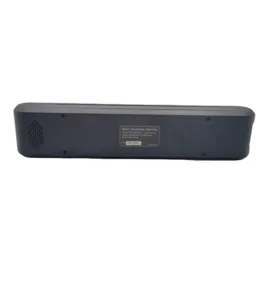

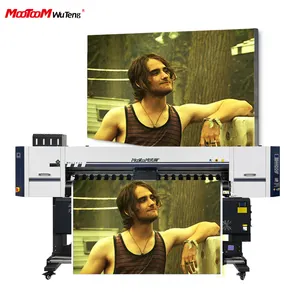



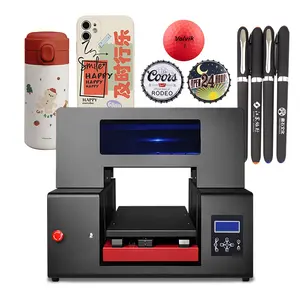
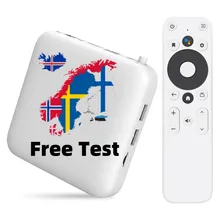

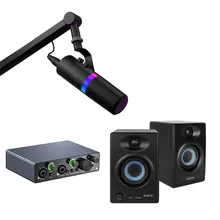





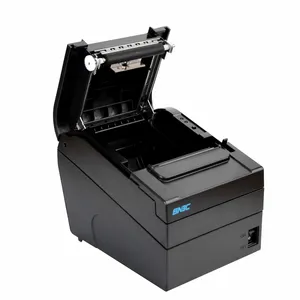

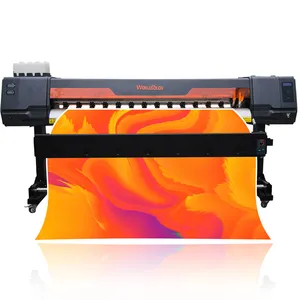
























 浙公网安备 33010002000092号
浙公网安备 33010002000092号 浙B2-20120091-4
浙B2-20120091-4